Concrete floors in diverse facilities: Key factors for optimal performance
Construction Specifier
SEPTEMBER 4, 2024
By Chris Bennett, iSCS, CDT, James Longo, iSCS, and Keith Robinson, RSW, FCSC, FCSI, LEED AP RSW, FCSC, FCSI Photo by Magda Biernat Photography Concrete floors are used in wide-ranging facilities, such as industrial data centers, commercial high-rise buildings, and residential homes.



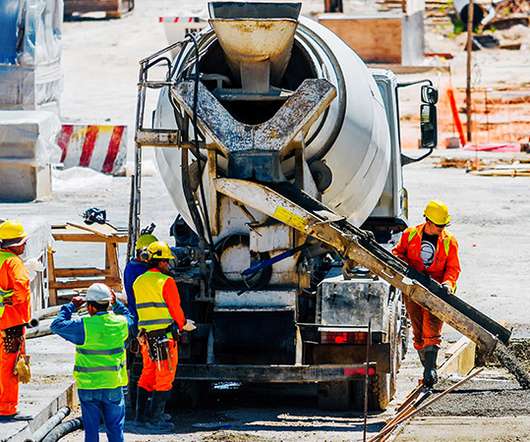

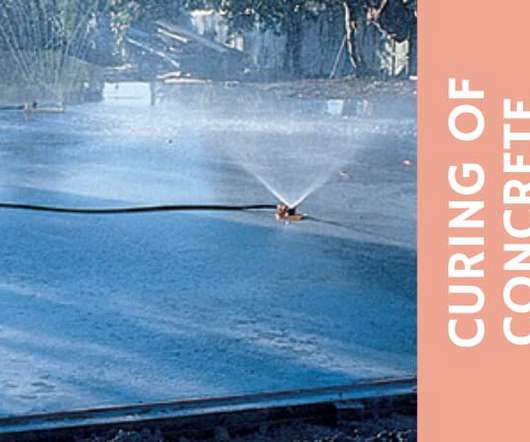
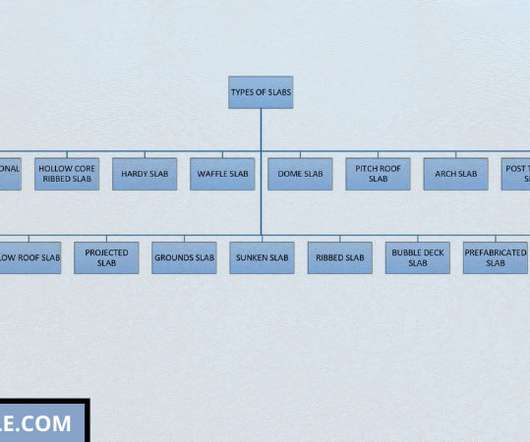

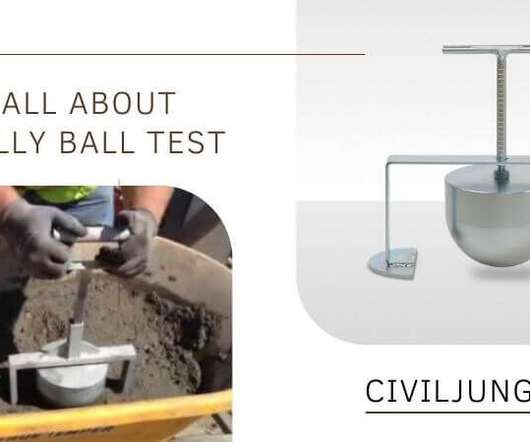
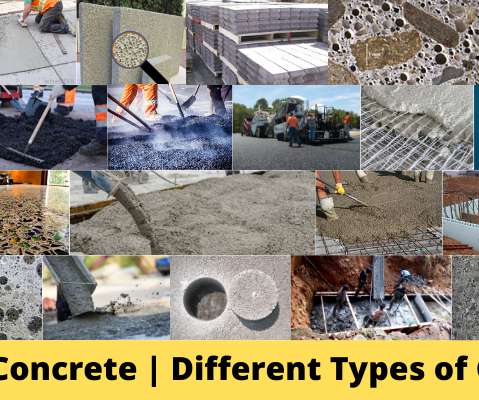


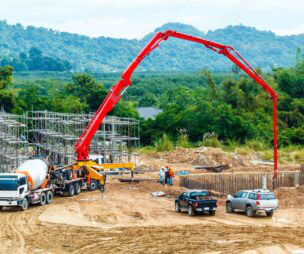










Let's personalize your content